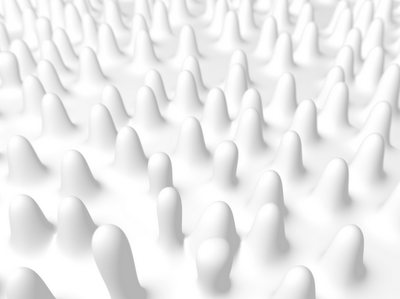Guilin

The day that Anna sold her father's dairy was the first day without rain in nearly a year. A rare, one-day respite from the rains that had mysteriously moved in seven years ago and completely transformed the climate. Scientists suggested that it was global warming, or even just natural atmospheric pressure shifts, but the result was the same: it rained. All the time.
Jason drove them home from the courthouse in the pickup, passing the familiar turnoff to the dairy on their way to the new house overlooking Lake Guilin. It was on a hill, where they would be safe from the floods: this new home where Anna tried to get used to the watery, store-bought milk – an insulting change to the fresh milk she’d drank all her life.
She closed her eyes and thought about how after death, loved ones become even more of our own. The hitches and snags of a real human being, one with head colds and unpredictable moods, become lovingly blurred. Her father, as he lived in her memory, understood her decision to sell. He understood the seven years of floods, the two roof collapses in the main barn, the endless rusting of the equipment, the sores and broken limbs the mud brought on the cattle. He understood all of it. He didn’t want her to have to fight so hard. He would hug her and tell her she did the right thing and pour her a glass of fresh milk.
That night the rain returned as Anna slept. She dreamed she rose in the middle of the night and saw that her father had filled
From a factory somewhere? A factory?! Don’t make me laugh. No, no, they live in the wild. Some region of Greenland, I think. Guillen or Guidalan or Guilder or something like that. They roam in flocks, across these huge, snow-white fields. Well – I’m talking about the white tips, of course, not the little blue sticks between them. Those little blue sticks are from some factory, sure. But not the white fuzzy parts.
There’s a very special way of catching them. See, they’re very skittish, but you can always catch the slower ones. All you have to do is jab them with one of those little blue sticks. You only have to get one fuzzy for each little stick. I’ll tell you why later. Just focus on one little white fuzzy tip per stick - it shouldn’t take you long. Make sure it’s on there good and snug so it can’t run away, and then –this is important- leave them there overnight.
See, those little white fuzzies are very loving, social creatures, and as soon as they see that one of their kind has gotten stuck, they’ll feel terrible. The thought that it will be stuck on there all by itself – well, it completely horrifies them. By the time you come back in the morning, every single white fuzzy will have a partner stuck to the opposite end of their stick. The tips just love each other too much to let one go off on his own.
And that’s why, on every q-tip, there's one end that was too sluggish and slow to get away from the tiny blue stick, and there's one end that just wanted to make sure the first didn’t get too lonely. Can you tell which end is which?
Oh, and never ever stick one in your ear. You'll damage your brain and go deaf.

